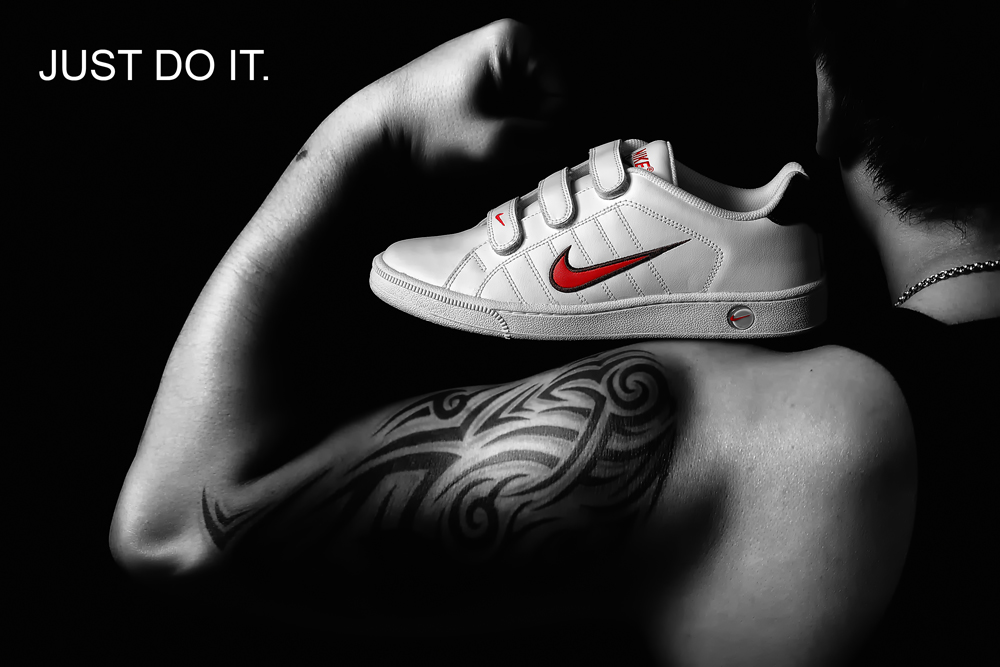
You’ve probably read countless business articles discussing how to appeal to “Baby Boomers,” “Generation X,” and “Millennials.”
Each label carries its own stereotypes. Millennials are tech-savvy. Gen Xers hate conformity. Baby Boomers are individualistic. And so on.
Is tailoring your marketing based on these labels the best way to find customers in healthcare?
Keep reading to find out more about this approach as we run down the pros, cons, and other strategies you can use to make generational marketing even more effective.

Photo Credit hannahpirnie
Generational marketing is a strategy where you market to a specific group of people based on their age, as well as other social, demographic, economic, and psychological factors.
Each generation typically covers a group of people born within 18 to 20 years of each other. There’s some disagreement about when certain generations end and the next ones begin, but it is generally agreed there are around five living generations to think about:
Generational marketing can be a useful tool to refine your message and reach your most likely buyers.
But it isn’t without its disadvantages. Fortunately, there are ways you can tweak your generational marketing to make it even more effective and overcome those shortcomings.

Photo Credit: Christpoher Michel
When you’re selling something that appeals across a broad age range, a multi-generational marketing strategy helps you to reach the older, the younger, and everyone in between–while still making them feel unique.
The idea is to identify which generations your product appeals to, then develop separate marketing strategies to reach each one. It can be time-consuming, but it’s a great way to hone in on your customers and make them feel special no matter which generation they fall within.

Photo Credit: Jhong Dizon
An effective strategy– one that’s used in some of the most successful brands and ads of all time– is to stop focusing so much on generations and instead bring your company’s most-cherished values to center stage.
What is it about how your brand views the world that separates it from the competition? It could be core values, a philosophy, a special way of doing business. The idea is to craft your marketing strategy to attract people who share those beliefs.
Consider Apple and their motto “Think Different.” It attracts unconventional thinkers–creative rebels who challenge the status quo–regardless of their age or upbringing. Nike’s “Just Do It” draws go-getters who push their bodies to the limit and don’t make excuses.
While generational marketing can offer valuable insights into the people most likely to become your customers, it isn’t the ultimate marketing solution.
In some situations, it might be the only tool you need to find the right people and target them effectively. A lot depends on what you’re trying to sell.
For everyone else, it’s better viewed as a jumping-off point in your quest to narrow the focus on your ideal customers even further.
Question your assumptions. Use survey data, feedback from the sales team, and one-on-one conversations with prospects to test whether your target customers fit the generational stereotypes.
Tailoring your messages to suit every generation you target, or better yet, building a brand based on shared world views, will help you overcome the downsides of typical generational segmentation and take your marketing to the next level.
